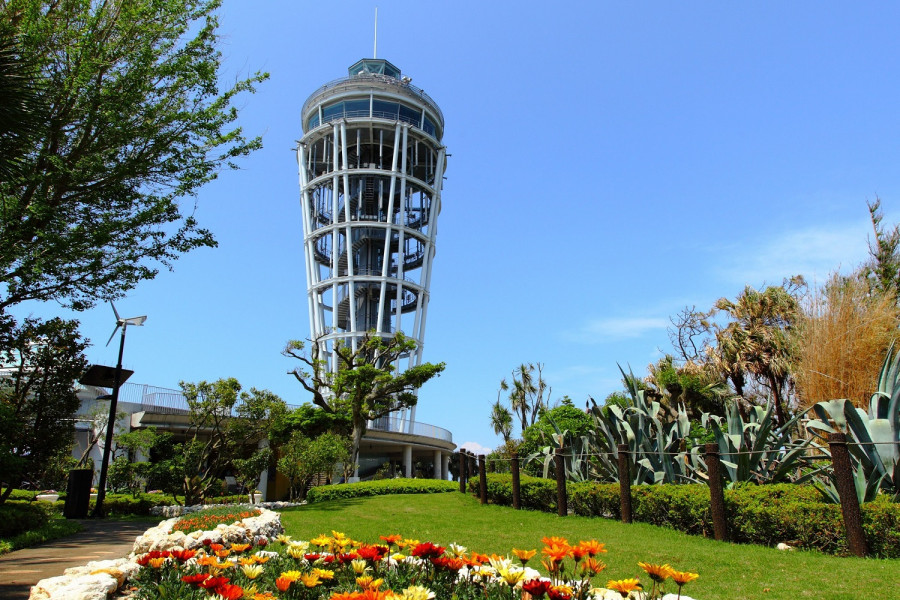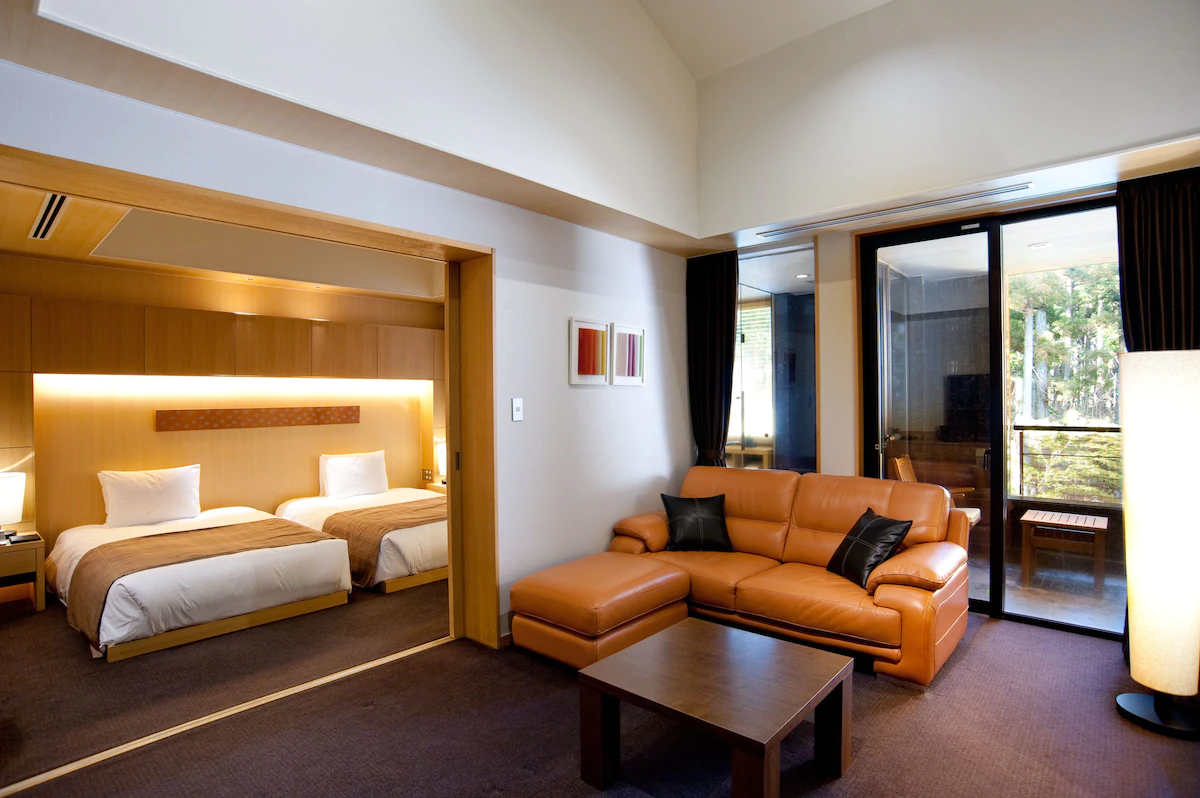Kanagawa Prefecture
Where is Kanagawa?
Kanagawa Prefecture is located in the Kanto region of Japan on the island of Honshu.
One of the most populous prefectures in Japan, it is situated to the south of Tokyo and bordered by Yamanashi Prefecture to the west.




With Tokyo Bay to the east and Sagami Bay to the south, Kanagawa forms part of Japan’s Pacific coast.
Major cities include Yokohama, Kawasaki, Sagamihara, Yokosuka, Kamakura and Odawara.
Yokohama is the 2nd largest city in Japan, by both population and area, and serves as the prefectural capital of Kanagawa.
What is Kanagawa known for?
Kanagawa Prefecture has a rich history tied to Japan’s opening to the West.
Historically, the area was divided into small feudal domains. During the Edo period (1603-1868), the Tokugawa Shogunate controlled strategic points throughout Kanagawa as part of the Tokaido Road trade route trade between Edo (Tokyo) and Kyoto.



In 1854, Commodore Perry and his “black ships” from America arrived off the coast of Uraga in Kanagawa. This eventually led to the signing of the Convention of Kanagawa treaty, a major step in the ending of Japan’s isolationist period.

Yokohama subsequently became a major trading port, significantly influencing Kanagawa’s development.
Now the prefectural capital, Yokohama has a number of attractions which include a large Chinatown area, harbor views, and the Cup Noodles Museum.



Kamakura, a former capital of Japan, features the iconic Great Buddha statue and numerous temples.

Hakone offers stunning views of Mt. Fuji, onsen (hot springs), and art museums.



The prefecture is also known for its coastal towns like Enoshima, popular for surfing and the Enoshima Shrine.

Where should I visit in Kanagawa?
The Hakone area is a popular tourist attraction, famous for its hot springs (onsen), views of Mount Fuji, and volcanic hot springs.




Many tourists follow a route around Hakone that involves a mountainous rail journey via the Hakone Tozan Railway and Cable Car (funicular railway), before riding the Hakone Ropeway and crossing Lake Ashi by boat.




Enoshima Island is a small island accessible by bridge, offering beaches, a shrine, and a Sea Candle observation tower with panoramic views.

Kamakura is a coastal city known for its temples, particularly Kotoku-in (Great Buddha statue) and Tsurugaoka Hachimangu Shrine.



The Enoden electric railway connects Enoshima and Kamakura and visiting both locations is a popular day trip for visitors staying in Yokohama or Tokyo.
Kamakurakōkōmae Station, on the Enoden Line, has in recent times become incredibly popular with tourists.
The station is known in Japan due to its appearance at the end of the hit anime Slam Dunk and it is also a great photo spot whereby trains pass by with the Pacific Ocean and Mount Fuji visible in the background.

The Tanzawa Mountains in the north-west of the prefecture offer visitors a variety of hiking trails with varying difficulties, ranging from moderate to challenging.



Yokohama has a number of historical districts like Motomachi, Chinatown and Yamashita Park.

Attractions in Yokohama include the Cup Noodles Museum, the Kirin Brewery, and Sankei-en Garden, a traditional Japanese garden showcasing historical buildings relocated from around Japan.




Kawasaki City is home to the Kawasaki Daishi Temple, a significant Buddhist temple, and the Japan Open-Air Folk House Museum, which features preserved traditional houses from different regions.
When is the best time to visit Kanagawa?
For pleasant weather and iconic Mount Fuji views, aim for spring (March-May) and autumn (September-November).
Spring offers cherry blossoms in locations like Odawara Castle and Sankei-en Garden.
Autumn brings stunning fall foliage, particularly in the Hakone area.
Summers (June-August) are hot and humid, suitable for beach activities along the coast, though they can be less comfortable for sightseeing. The rainy season, typically June-July, can also impact outdoor plans.

Winter (December-February) is generally mild, with occasional snow in the mountainous regions, ideal for skiing or enjoying onsen (hot springs).
The prefecture is home to a number of cultural events and festivals – it is advised to research your intended travel dates as if they coincide with an event this can significantly impact crowd/accommodation levels. You may therefore need to alter your itinerary or allow additional time for, and pre-book, journeys via public transport.
Typhoon season runs from July to October and visitors are recommended to check forecasts before and during your trip at this time of year.
All Events in Kanagawa
Tours and Activities in Kanagawa
None found.
Where should I stay in Kanagawa?
Hakone, famous for its onsen (hot springs) and views of Mount Fuji, is an excellent choice for those seeking relaxation and natural beauty.
For budget travelers, HESTA Hakone is a comfortable and affordable option with dormitory beds and private rooms available.




At the other end of the spectrum, Hakone Suishoen offers a luxurious experience with private onsens and stunning lake views.




Alternatively, Yokohama, Kanagawa’s capital city, provides access to shopping, museums, and the beautiful Minato Mirai waterfront area.
If you prefer a city stay, consider the budget-friendly Hotel Mystays Yokohama or the upscale InterContinental Yokohama Grand with its harbor views and elegant rooms.




Coastal towns like Kamakura also offer numerous hotels and ryokans (traditional Japanese inns), catering to various budgets and preferences.
Kanagawa Prefecture is conveniently located next to Tokyo. If only visiting the prefecture for a short period of time or as part of a day trip, it may be more economical to stay in Tokyo and take advantage of the frequent trains between Tokyo and Yokohama as well as the wider Kanagawa area.
How do I get to Kanagawa?
Kanagawa Prefecture, located southwest of Tokyo, is easily accessible by international and domestic travelers.
The prefecture is well-connected to Tokyo and other parts of Japan by extensive train and road networks.
From Narita International Airport (NRT), the fastest option is the Narita Express train to Yokohama Station, taking approximately 90 minutes.

From Haneda Airport (HND), the Keikyu Airport Line connects directly to Yokohama Station in around 25 minutes.
Alternatively, the Limousine Bus offers a direct service from both airports to several locations within Kanagawa, though travel time can vary depending on traffic.
The Tokaido Shinkansen (bullet train) operates between Tokyo and Osaka. It stops at Shin-Yokohama Station as well as at Odawara and Atami stations, which serve the western part of the prefecture.

Within Kanagawa, a comprehensive train and bus network connects major cities and towns.
The JR East lines, including the Tokaido Line and Yokosuka Line, connect cities and towns throughout the prefecture as well as Tokyo. For specific destinations within cities, local bus services can often be the most convenient.
Purchasing a Suica or Pasmo card is highly recommended for easy payment on trains and buses. Before travelling, check online route planners like Hyperdia or Jorudan for up-to-date schedules and fares.
This post may contain affiliate links, and Essential Japan may earn a commission if you purchase through them.


